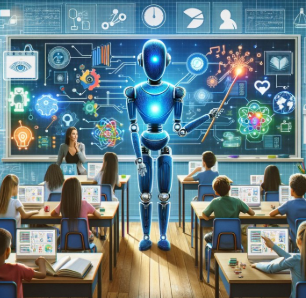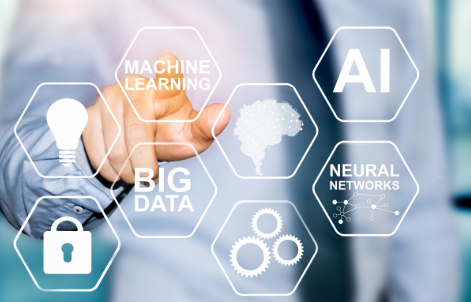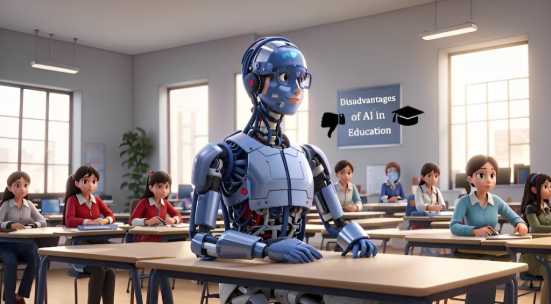As Artificial Intelligence (AI) becomes more prominent in classrooms and educational platforms, several myths and misconceptions have emerged. These myths often create confusion or resistance toward adoption. Let’s debunk some of the most common AI myths in education.
1. Myth: AI Will Replace Teachers
Reality: AI is a tool to assist, not replace, educators.
While AI can automate grading, suggest learning paths, and offer virtual tutoring, it lacks emotional intelligence, mentorship capabilities, and the ability to handle complex classroom dynamics.
2. Myth: AI Works the Same for All Students
Reality: AI systems can provide personalized learning, but their effectiveness depends on data quality and system design.
They may not equally benefit all students, especially those with unique learning styles or those outside the data model used to train the AI.
3. Myth: AI in Education is Fully Objective
Reality: AI systems can carry biases based on the data they’re trained on.
If the training data lacks diversity, the AI may reinforce social, gender, or cultural biases—leading to unfair educational outcomes.
4. Myth: Implementing AI is Easy and Inexpensive
Reality: Effective AI integration requires significant investment in infrastructure, training, and ongoing technical support.
It’s not just about installing a tool—it’s about building a long-term strategy for meaningful adoption.
5. Myth: Students Learn Better with AI Alone
Reality: AI can support learning, but students benefit most from a hybrid model.
Human interaction, classroom discussions, and social learning play vital roles that AI cannot replace.
6. Myth: AI Understands Student Emotions and Needs
Reality: While some AI systems can track engagement or detect patterns, they cannot truly understand a student’s emotions.
Empathy, encouragement, and emotional support must come from human educators.
7. Myth: AI is Only for Advanced or Tech-Savvy Schools
Reality: AI tools are increasingly accessible and adaptable.
Many AI platforms are designed to support teachers even in low-tech environments and can scale based on institutional capacity.
Conclusion
AI in education holds immense potential, but it’s important to separate fact from fiction. By understanding what AI can and cannot do, educators and institutions can make better decisions about its role in the classroom.






Leave feedback about this